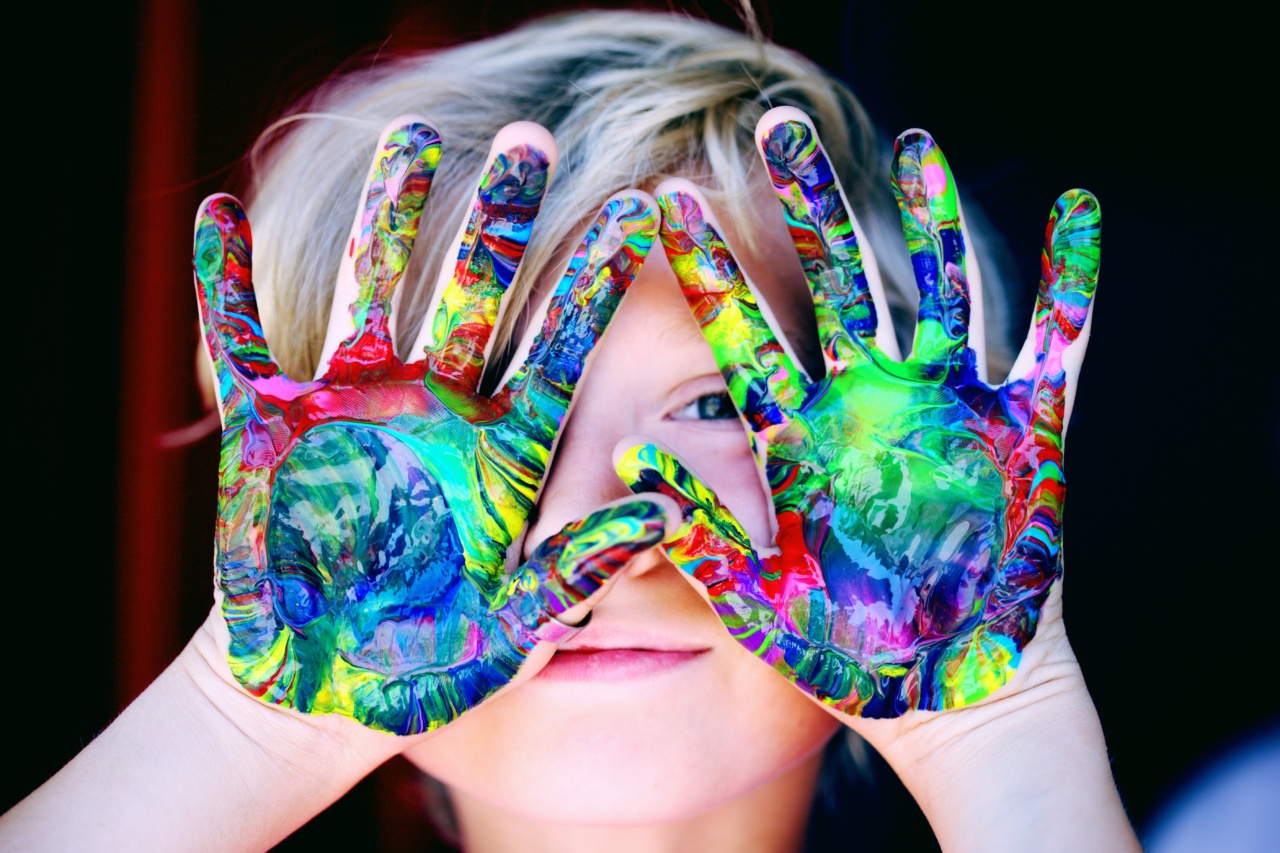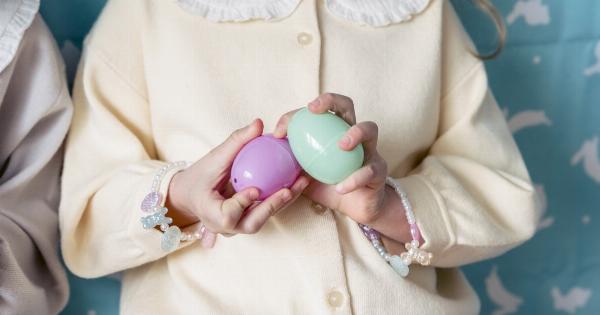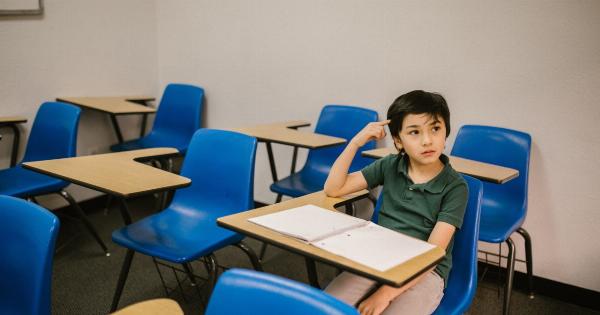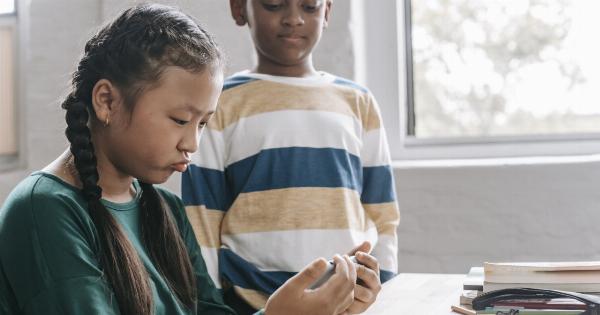Colors play a significant role in our daily lives and have a great impact on our emotions, behavior, and mood. For children, colors have an even greater impact as they are still developing their cognitive and emotional skills.
As parents, understanding the psychological impact of colors on kids can help us to select the best color scheme for our children’s environment.
The Importance of Colors for Children
Colors are a crucial element in a child’s growing environment as they help to create emotions, stimulate their senses, and develop their brain.
Studies have shown that colors have a significant psychological impact on children and can influence their behavior, mood, and even their learning skills. Using the right colors in a child’s room or play area can help to create a calming and positive environment, which can enhance their learning abilities and boost their creativity.
The Effects of Primary Colors on Children
Primary colors such as red, blue, and yellow have a significant psychological impact on children as these colors are the first they perceive during their developmental stages. Red is known to evoke strong emotions such as passion, excitement, and anger.
It is also used to stimulate the child’s appetite and improve their focus. Blue, on the other hand, is known to have a calming effect on children. It is often used in children’s rooms as it can enhance their creativity and imagination.
Yellow is a warm and welcoming color that creates a cheerful and bright environment, boosting the child’s mood and energy.
The Impact of Pastel Colors on Children
Pastel colors such as pink, lavender, and mint green have a relaxing effect on children, making them an excellent choice for bedrooms and nurseries.
Pink is known to have a calming effect on children and can help to create a peaceful and relaxing environment. Lavender is also a calming color that promotes relaxation and can improve the quality of sleep in children.
Mint green is a refreshing color that creates a peaceful and calming environment, making it an excellent choice for children with hyperactivity or anxiety.
The Influence of Dark Colors on Children
Dark colors such as black, gray, and brown should be avoided in children’s rooms and play areas as they can have a negative psychological impact on children.
These colors can create a depressing and dull environment, which can lead to mood swings and lethargy. Children are also more prone to developing fears and nightmares in dark environments, which can hinder their overall development.
The Impact of Bright Colors on Children
Bright and bold colors such as orange, green, and purple can create a cheerful and playful environment for children. These colors are known to boost energy levels and stimulate creativity in children.
Orange is a lively and energetic color that can help to enhance the child’s focus and productivity. Green is known for its calming effect and is often used in classrooms as it can improve the child’s memory and learning abilities. Purple, on the other hand, is a playful color that promotes creativity and imagination in children.
The Role of Color Psychology in Education
Color psychology plays a significant role in education as it can enhance the child’s learning abilities and improve their overall academic performance.
Using the right colors in classrooms can help to create a positive and welcoming environment, which can motivate children to learn. Colors such as green, blue, and yellow are known to have a positive impact on learning as they can improve the child’s memory retention and increase their focus.
The Impact of Color on Mood and Behavior
Colors have a profound impact on children’s mood and behavior and can influence their emotions and actions. For example, red is known to stimulate the child’s appetite and can make them more alert and energetic.
On the other hand, blue has a calming effect on the child’s nervous system and can help to regulate their emotions. Bright colors such as orange and yellow can create a cheerful and playful environment, which can boost the child’s mood and energy levels.
The Importance of Choosing the Right Colors for Children
The right colors can help to create a positive and nurturing environment for children, promoting their emotional and cognitive development.
As parents, it is essential to consider the psychological impact of colors on children when designing their living and learning spaces. By selecting the right colors, we can help to create a safe and stimulating environment that fosters our children’s creativity and enhances their learning abilities.
Conclusion
Colors have a significant psychological impact on children and can influence their emotions, behavior, and overall development.
By understanding the effects of colors on children, we can select the best color scheme for their environment and promote their emotional and cognitive development. As parents, it is crucial to consider the psychological impact of colors on children when designing their living and learning spaces, to create a positive and nurturing environment that promotes their growth and development.





























